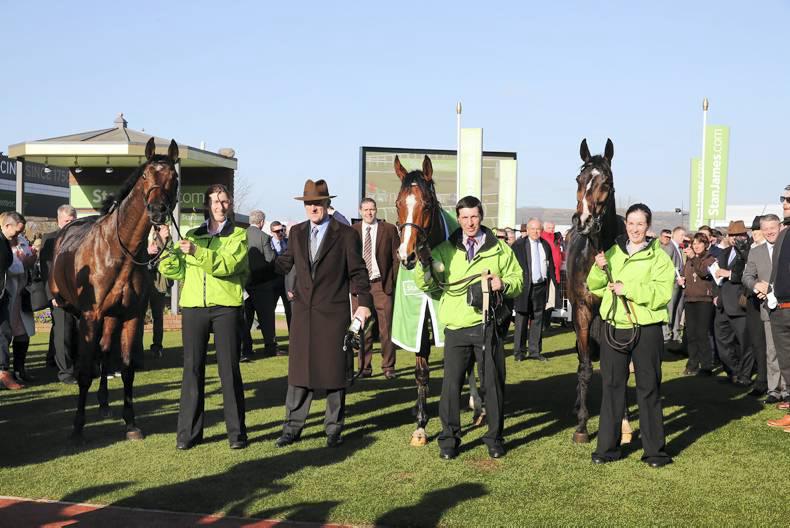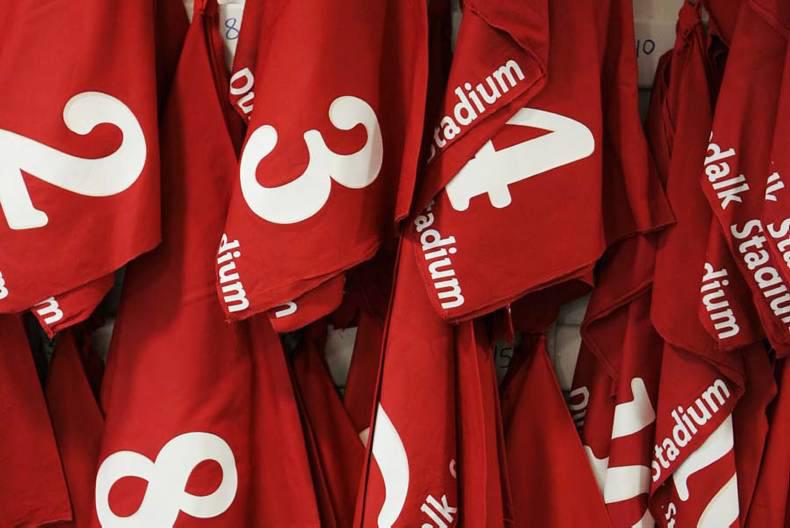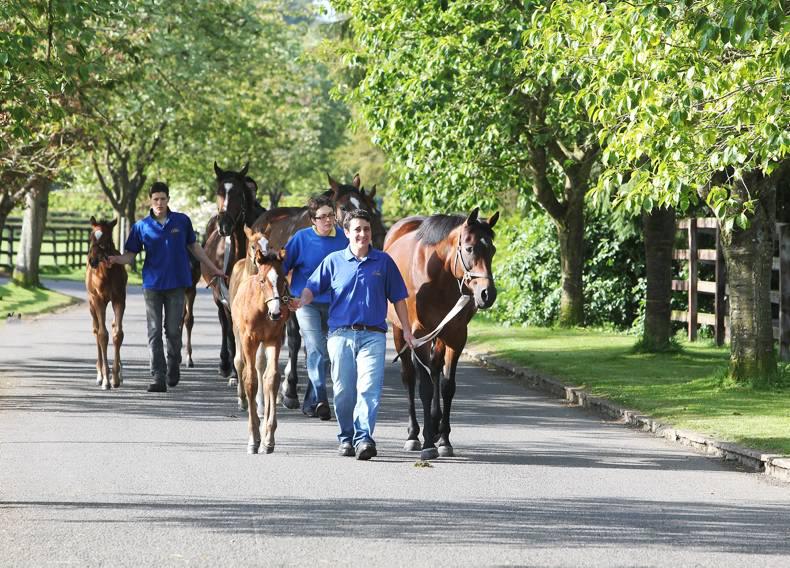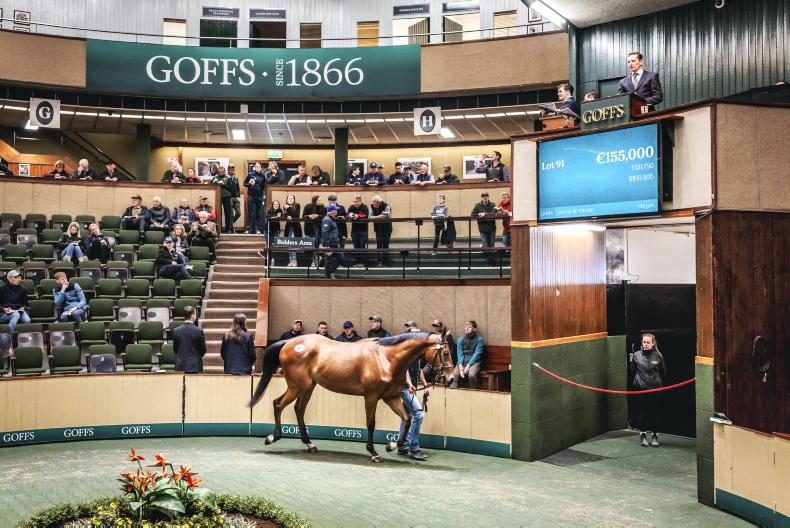MUCH has been written in the last two weeks about the state of Irish National Hunt racing. Different opinions on the domination a few big owners and one supreme trainer came from Richard Forristal in the Independent, Robbie McNamara in last week’s The Irish Field and from Alan Sweetman in Wednesday’s Racing Post.
A columnist only offers their opinion. Hopefully it is based on enough experience or facts to lend it credence while acknowledging that different people have a different slant on the same issue.


 This is a subscriber-only article
This is a subscriber-only article
 It looks like you're browsing in private mode
It looks like you're browsing in private mode








SHARING OPTIONS: